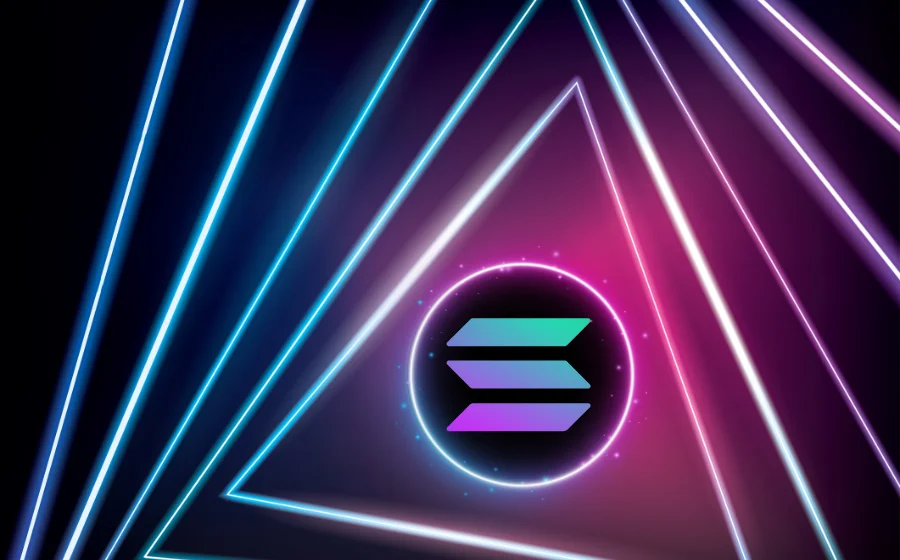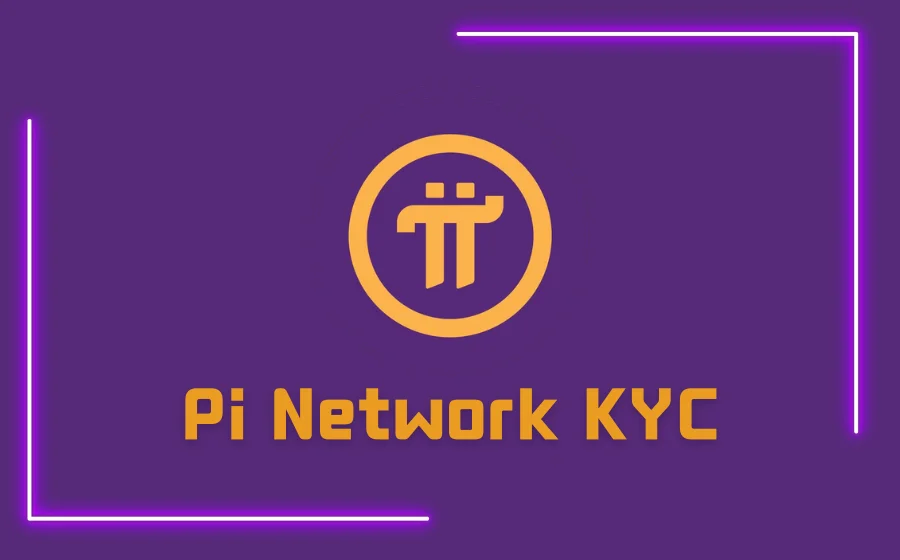
KEYTAKEAWAYS
- Parallelization allows simultaneous transaction execution, improving throughput and responsiveness across blockchain networks.
- It exists in various models — optimistic, state access, transaction-level, and block-level — each enhancing scalability differently.
- Combining Parallelization with sharding and rollup solutions could lead to the next wave of high-performance blockchain infrastructure.

CONTENT
Parallelization enables blockchains to process multiple transactions at once, boosting speed, scalability, and efficiency while lowering gas costs — a key step toward real-time decentralized systems.

WHAT IS PARALLELIZATION?
In the crypto world, Parallelization refers to the process of executing multiple transactions or tasks at the same time — often called parallel transaction execution. Originating from computer science, the concept is closely related to parallel computing, where multiple processes run simultaneously across different units to achieve greater efficiency and throughput.
📌 How Does Parallelization Work?
In a blockchain network, Parallelization allows validators to process multiple transactions concurrently instead of handling them one by one. The network distributes transaction workloads across different nodes, each responsible for a separate portion of the data. This approach significantly increases processing speed, reduces congestion, and improves overall scalability.
During parallel transaction processing, the network evaluates multiple possible states at once. Each state represents the outcome of validating a specific group of transactions. By analyzing these states before final confirmation, nodes can assess the potential effects of transactions on the ledger.
Afterward, all nodes reach consensus on a unified final state that reflects the collective results of parallel verification.
🔍 Why It Matters
Parallelization is one of the key technologies driving the next generation of high-performance blockchains such as Solana, Sei, and MegaETH.
By breaking the limitations of sequential execution, it enables networks to process tens of thousands of transactions per second, creating near-instant experiences for DeFi, GameFi, and AI-powered applications.
In short, Parallelization is not just about faster transactions — it’s a fundamental leap toward scalable, real-time blockchain infrastructure.
>>> More to read: The Truth About Bitcoin: 15 Myths Everyone Gets Wrong
PARALLELIZATION MODELS
In blockchain systems, Parallelization generally falls into two main categories: Optimistic Parallelization and State Access Parallelization. Each model approaches transaction execution differently but shares the same goal — improving throughput and network efficiency without compromising consistency.
✅ Optimistic Parallelization
In an optimistic parallel execution model, the network skips the initial transaction ordering phase and processes transactions simultaneously. This approach assumes that most transactions in the queue are independent of one another.
If dependencies are later detected — for instance, when two transactions unexpectedly interact with the same state — the system re-executes or adjusts those specific transactions to ensure accuracy and consistency across the ledger.
In short, optimistic parallelization favors speed first, then reconciliation, making it ideal for high-performance environments where most transactions do not overlap.
✅ State Access Parallelization
The state access parallel execution model takes a more structured approach. Before processing, the network analyzes each transaction’s potential impact on the blockchain state — such as which smart contracts, tokens, or accounts it interacts with.
Transactions that access distinct parts of the state can be safely executed in parallel, as they do not conflict. Meanwhile, those that affect the same state elements are handled sequentially, often prioritized by factors like gas fees or transaction importance.
This model emphasizes conflict avoidance over post-execution correction, striking a balance between parallel efficiency and data integrity.
>>> More to read: What is Sharding? A Complete Guide to Blockchain Scalability
TYPES OF PARALLELIZATION
In modern blockchain design, Parallelization can take several forms — each targeting a different layer of the network to enhance throughput, scalability, and efficiency. The three main types are transaction-level, block-level, and smart contract-level parallelization.
1️⃣ Transaction-Level Parallelization
Transaction-level parallelization enables multiple transactions to be processed simultaneously. This approach dramatically increases network throughput, allowing for higher transactions per second (TPS) and faster confirmation times. It’s especially valuable for high-demand blockchains, where maintaining real-time responsiveness is critical.
However, this model also introduces challenges. When multiple transactions are processed at once, data dependencies can arise — for example, one transaction’s output might affect another’s input. Managing these interdependencies requires advanced data coordination and conflict-resolution mechanisms to ensure consistency and reliability across the network.
2️⃣ Block-Level Parallelization
Block-level parallelization involves creating and validating multiple blocks in parallel to improve scalability. By processing several blocks concurrently, the network can accommodate a larger transaction volume and prevent potential congestion during peak demand.
Yet, this model must be implemented carefully. Running block production in parallel increases computational demands and hardware requirements for validator nodes. While it enhances performance, it can also reduce accessibility by raising the barrier to participation — potentially impacting decentralization and overall network inclusivity.
3️⃣ Smart Contract Parallelization
Smart contract parallelization focuses on executing multiple smart contracts simultaneously, significantly improving the performance of decentralized applications (DApps) and strengthening scalability and responsiveness.
Various mechanisms support this model. For example, optimistic rollups execute transactions off-chain and interact with the main blockchain only for final settlement, reducing on-chain workload. Similarly, Ethereum’s Validium combines zero-knowledge proofs with off-chain computation to achieve both scalability and privacy for smart contract operations.
>>> More to read: The Future After All Bitcoins Are Mined: What Will Happen?
PARALLELIZATION BENEFITS
Parallelization offers significant advantages for blockchain networks, addressing some of the core limitations of traditional sequential processing. By allowing simultaneous transaction execution, it enhances performance, scalability, and cost efficiency — all essential for the next generation of decentralized systems.
🚩 Faster Transaction Processing
With Parallelization, tasks are distributed across multiple nodes, reducing the time required for each transaction to be executed and verified. This parallel structure enables the network to process a much higher volume of transactions per second (TPS) compared to sequential models. As a result, blockchains that utilize parallel execution achieve greater efficiency and responsiveness, especially under heavy load.
🚩 Improved Scalability
Scalability has long been one of blockchain’s greatest challenges. Parallelization directly addresses this by delegating transaction validation to different nodes, allowing the network to expand horizontally.
Horizontal scaling means new nodes can be added or removed based on network demand — ensuring flexibility and maintaining performance even as user activity grows. This decentralized workload distribution makes parallelized blockchains more adaptive and resilient.
🚩Lower Gas Fees
By dividing transactions among smaller subgroups of nodes, Parallelization helps reduce the overall computational burden per node, leading to lower transaction fees.
In contrast to sequential models, where every node must validate every transaction, parallelized systems allow localized validation, cutting redundant computation.
Additionally, faster transaction throughput reduces congestion, minimizing bidding wars among users and further lowering gas costs.
✏️ Conclusion
In essence, Parallelization is the art of processing multiple transactions at the same time — accelerating execution, improving scalability, and reducing costs.
Looking ahead, combining Parallelization with other scaling technologies like sharding could unlock even greater levels of efficiency and throughput, paving the way for truly high-performance blockchain networks.

















